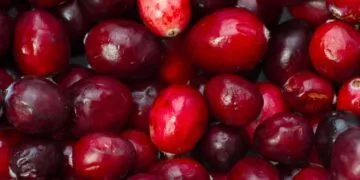We all know by this point that it’s crucial to incorporate vegetables into our diet. In fact, they’re probably one of the most important food groups, with dietitians worldwide stressing the point that we really need to make them the largest part of our diet.
Not only are they incredibly cheap when compared to meat and processed foods, but they’re super low-carb too!
They’re fantastic for our health, being full of a wide range of vitamins minerals, as well as being a great source of fiber.
For many people, though, there’s always the question of what vegetables to eat. If you walk down the supermarket’s vegetable aisle, it can be pretty overwhelming!
To make it a little easier for you all, we’ve put together a list of 10 of the healthiest vegetables to make your next trip to the supermarket more nutritionally successful.
Broccoli
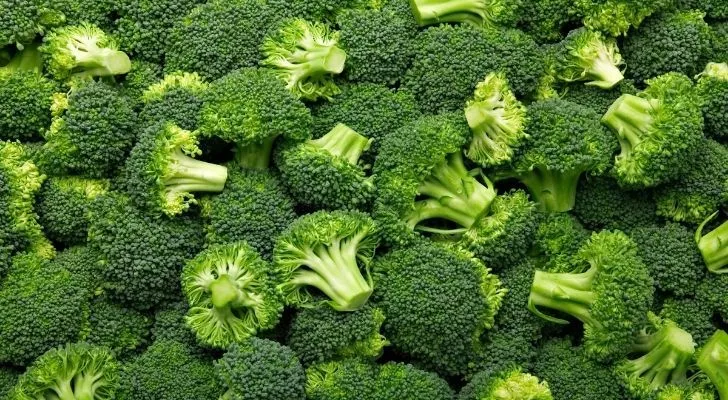
Coming from the cruciferous family of vegetables, broccoli can be found in cuisines from all over the world.
The part of the vegetable that is most commonly eaten is the flower of the plant, referred to as the head.
While some throw out the chunky stalk after detaching it from the head, it’s actually edible too – and just as nutritious!
A single cup (3.2oz/91g) of raw broccoli is absolutely bursting with nutrients, containing:
- 135% of daily required vitamin C
- 116% of daily required vitamin K
- 10% of daily required fiber, folate, manganese, and vitamin A
It’s also claimed that eating broccoli can help reduce the risk of cancer and lower the oxidants in your body!
Brussels sprouts
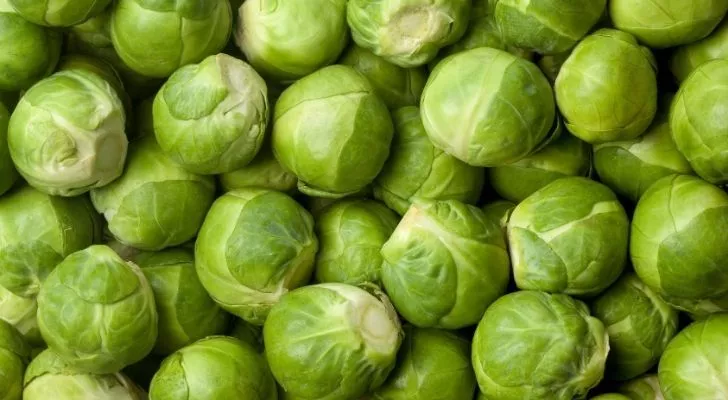
Brussels sprouts are another member of the highly beneficial cruciferous vegetable family.
This vegetable has a much more storied place on the dinner table, though.
It’s heralded by kids across the world as quite possibly the worst vegetable, yet come adulthood, they marvel at its delicious yet nutritious nature!
A single cup (3.1oz/88g) of raw Brussels sprouts packs quite a punch, containing:
- 195% of daily required vitamin K
- 125% of daily required vitamin C
- At least 10% of the daily required vitamin B6, folate, potassium, and fiber
Like broccoli, Brussels sprouts have many great health benefits. Notably, they contain an antioxidant called kaempferol.
This helps detoxify the body, and it’s also said to help prevent cell damage!
Spinach
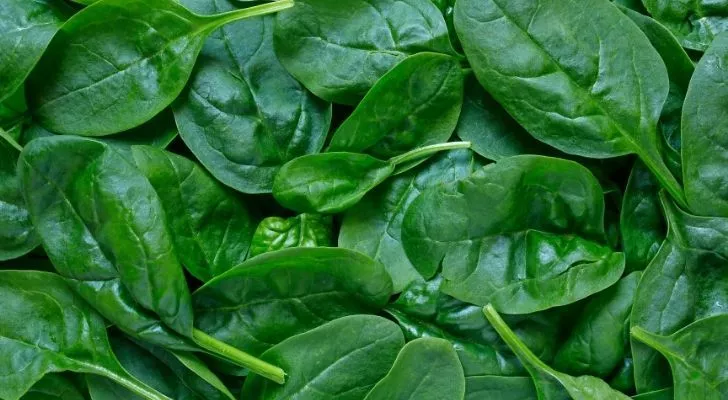
Spinach is part of a broader category of vegetables referred to simply as leafy greens.
Referred to by many as one of the healthiest vegetables you can eat, it certainly doesn’t disappoint!
Baby spinach is often eaten raw, while its adult form is most frequently cooked with other ingredients.
A single cup (1.1oz/30g) of chopped raw spinach is more than just a tasty addition to a salad, containing:
- Just 7 calories
- 56% of daily required vitamin A
- 181% of daily required vitamin K
- A healthy variety of manganese, vitamin c, and folate in small amounts.
Spinach is also rich in a wide variety of antioxidants, which help reduce the risk of chronic diseases.
Two of these antioxidants are lutein and beta-carotene, which also have ties to reducing the risk of cancer.
Kale
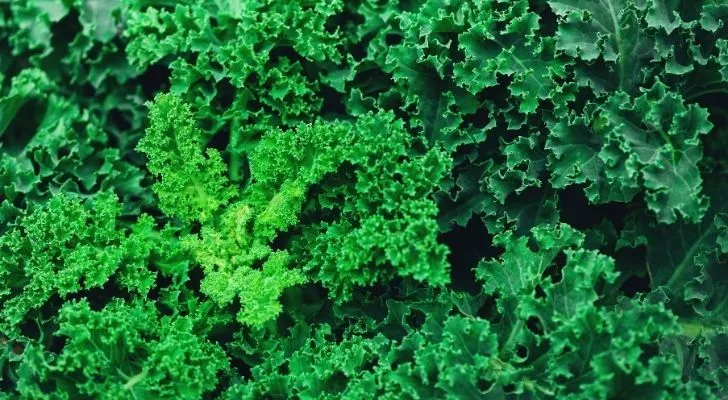
Another wildly popular leafy green vegetable is kale.
Kale rose to fame in the early 2010s thanks to health food trends but was quite polarizing in its reception – people either loved it or couldn’t stand the taste of it!
It’s no small surprise that kale rose to such great heights, though, when you consider its nutritional benefits.
A single cup (2.4oz/67g) of chopped raw kale has absolutely crazy amounts of nutrients, containing:
- 684% of daily required vitamin K
- 206% of daily required vitamin A
- 134% of daily required vitamin C
- 26% of daily required manganese
- A wide variety of other vitamins and minerals in good amounts, such as vitamin B6, riboflavin, copper, potassium, and calcium.
Kale can be used in various ways, but it’s most commonly used as a crucial ingredient in green smoothies.
In juice form, it’s reported to lower “bad” blood cholesterol, blood pressure, and even reduce your blood sugar levels!
Asparagus
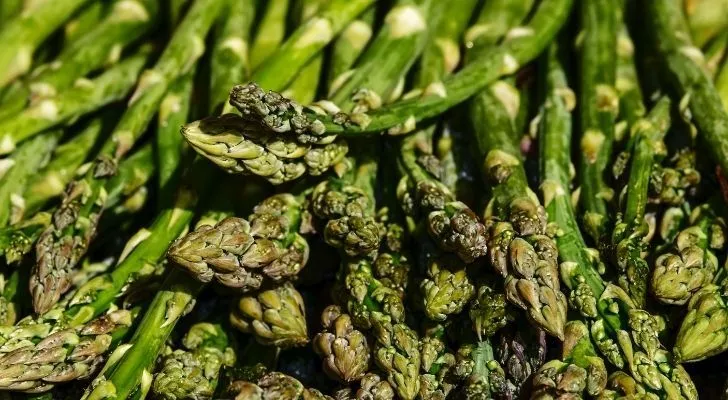
It’s green, it’s healthy, but boy does it make your pee smell funny!
Asparagus has been enjoyed for such a long time that there’s a recipe for cooking it in one of the oldest surviving cookbooks!
It’s generally enjoyed in spring, when the young shoots of asparagus are cut before they grow too large and wood-like in texture.
A single cup (4.7oz/134g) of raw asparagus has a balanced variety of nutrients, containing:
- 20% of daily required vitamin A
- 70% of daily required vitamin K
- 17% of daily required folate
- 16% of daily required iron
- 13% of daily required vitamin C, thiamine, and copper
- A wide variety of other minerals and nutrients in good levels such as fiber, vitamin E, riboflavin, phosphorous, and manganese.
Asparagus can be enjoyed in many ways, from soups to salads, to much more. One of the best ways is to keep it simple.
Sprinkle asparagus with some salt, olive oil, and a little parmesan, and roast it in the oven for a delicious yet healthy side!
Not only is asparagus delicious yet nutritious, it’s also one of just a few sources of the antioxidant glutathione, which aids the liver by binding with toxins and flushing them out of your body.
Garlic
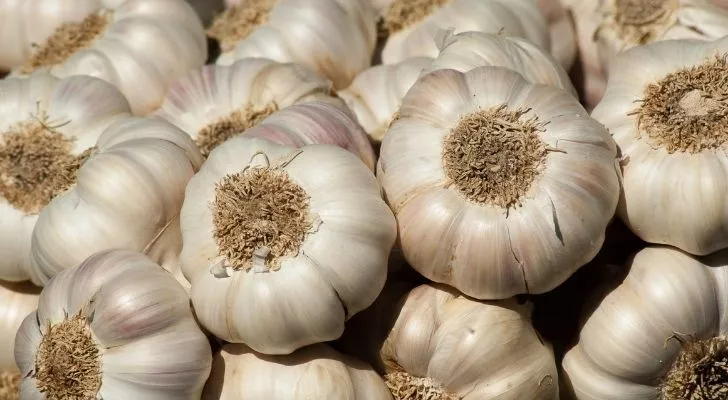
Garlic isn’t just good for keeping vampires at bay – it can play a vital role in maintaining a well-balanced diet!
It comes from the allium family, so it’s related to other shoot-like vegetables such as onions, leeks, shallots, and chives.
It’s been used in kitchens for thousands of years and as a medicine for even longer.
Its medicinal benefits have long been taken advantage of, with records of its use going back to the ancient Egyptians!
A single cup (4.8oz/136g) of raw garlic, should you ever eat this much in one day, contains:
- 114% of daily required manganese
- 84% of daily required vitamin B6
- 71% of daily required vitamin C
- 28% of daily required selenium
- Strong amounts of a healthy variety of minerals and vitamins such as calcium, phosphorous, copper, potassium, thiamine, and riboflavin.
The benefits of garlic don’t just stop with the nutrients as mentioned above – it’s also a natural antibiotic!
Garlic has also been attributed to helping reduce the risk of cancer, lowering cholesterol and blood pressure, and even reducing the risk of having a stroke.
The most effective way to gain nutrients from garlic is to eat it raw, as the longer it is cooked, the more it loses nutrients.
Carrots
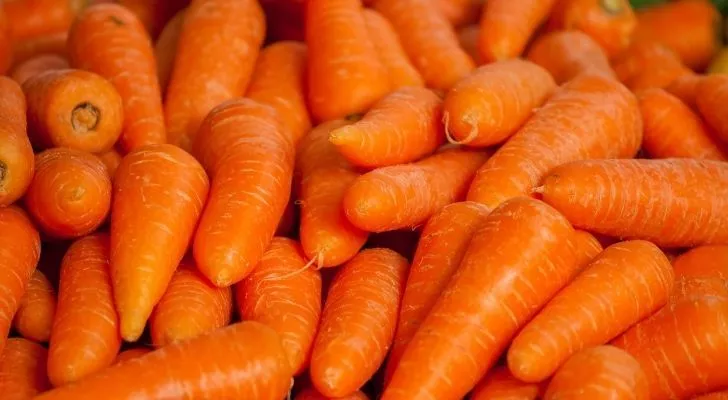
Carrots are more than just a snack for Bugs Bunny. They’ve long been touted to improve your night vision, although this isn’t entirely true.
This versatile root vegetable has been around for some time now, originating in Europe and Southwestern Asia.
A single cup (4.5oz/128g) of raw chopped carrots may not give you night vision, but it does contain:
- 428% of daily required vitamin A.
- 21% of daily required vitamin K.
- 14% of daily required fiber.
- A good range of vitamins and minerals in small doses such as vitamin C, vitamin B6, folate, potassium, and manganese.
The vitamin A you receive from carrots comes from beta-carotene, which your body then converts into vitamin A if your body requires it.
Beta-carotene is also what gives carrots their vibrant orange color.
Be careful not to eat too many carrots, though, or your skin will turn orange!
Ginger
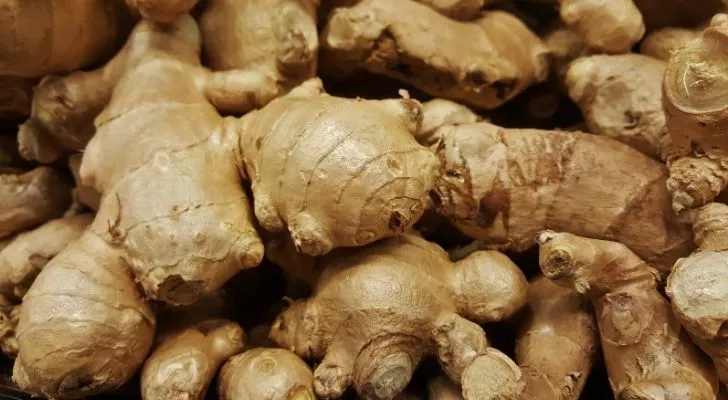
The root of the ginger plant, also called ginger, is used more as a spice than a vegetable.
It’s used in many different ways, from cookies to curries, to juices.
A single teaspoon (0.7oz/2g) of raw ginger is such a small quantity that its levels of nutrients are almost insignificant.
What ginger lacks in nutrients per serving seriously makes up for in many other ways.
It’s used as a natural remedy for motion sickness and does wonders to reduce inflammation such as arthritis or gout.
It has also been found to aid in reducing blood sugar levels when taken as a supplement by people with diabetes.
Onions
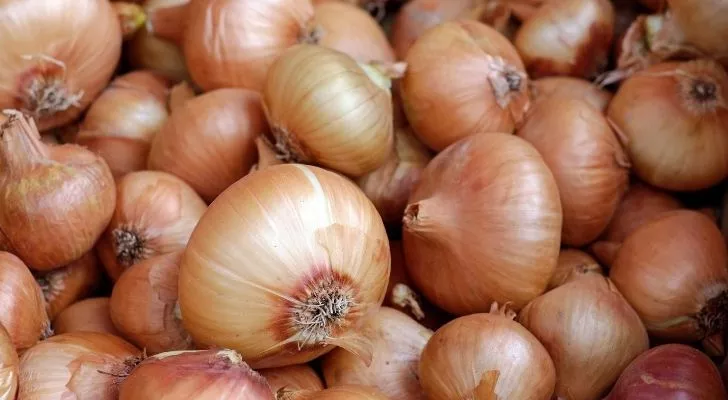
Onions can be found as a staple in larders across the world. Like garlic, they’re part of the allium family.
They are particularly dense in nutrients and have many great health benefits.
The best part about onions is how versatile they are – you can almost add them to anything, generally making it taste even better!
A single cup (5.6oz/160g) of raw onions has an excellent range of nutrients, containing:
- 11% of daily required fiber
- 20% of daily required vitamin C
- 10% of daily required vitamin B6 and manganese
- Healthy doses of folate and potassium.
It’s true that onions may not sound as impressive when you compare them to the vegetables mentioned above.
What they lack in nutrients, though, they make up in price and availability.
They’re available year-round and are always one of the cheapest vegetables you can buy.
Add the fact that they are packed full of antioxidants and have cancer-fighting properties, and they’re a wonder veg!
Green peas
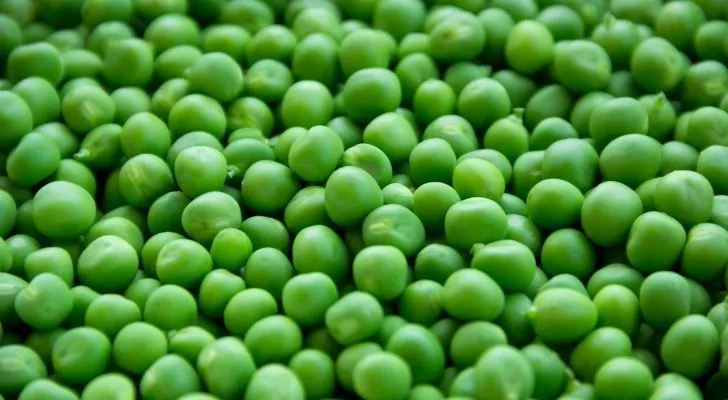
Green peas, sometimes referred to as peas, aren’t exactly vegetables.
Technically they’re legumes, just like beans, as they’re the seeds of the pea plant.
That being said, they’re more commonly eaten in the same way a vegetable would be, unlike other legumes like beans or lentils.
A single cup (5.1oz/145g) of raw peas contains:
- 16% of daily required protein
- 97% of daily required vitamin C
- 45% of daily required vitamin K
- 30% of daily required fiber and manganese
- 26% of daily required thiamine
- Strong amounts of almost all other vitamins and minerals.
Green peas are particularly great as not only are they packed full of nutrients, they’re a great source of protein too.
This is important for those on plant-based diets and people who want to reduce their overall meat consumption.
Keep in mind that there can’t ever just be one defining list of the healthiest vegetables.
This is due to the huge complexity surrounding the micro and macronutrients, as well as the many undiscovered benefits that vegetables have to offer.
There’s also the issue that different people require different diets, and as such, the ten healthiest vegetables for one person may not be the same for another.




